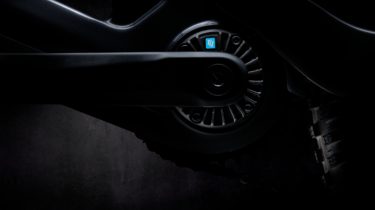Belt drives | All facts about this technology
|Know-How
City bikers, frequent riders and globetrotters should consider getting one: a belt drive. Why? We’ll share our intel in the Simplon Magazine. Learn more!










